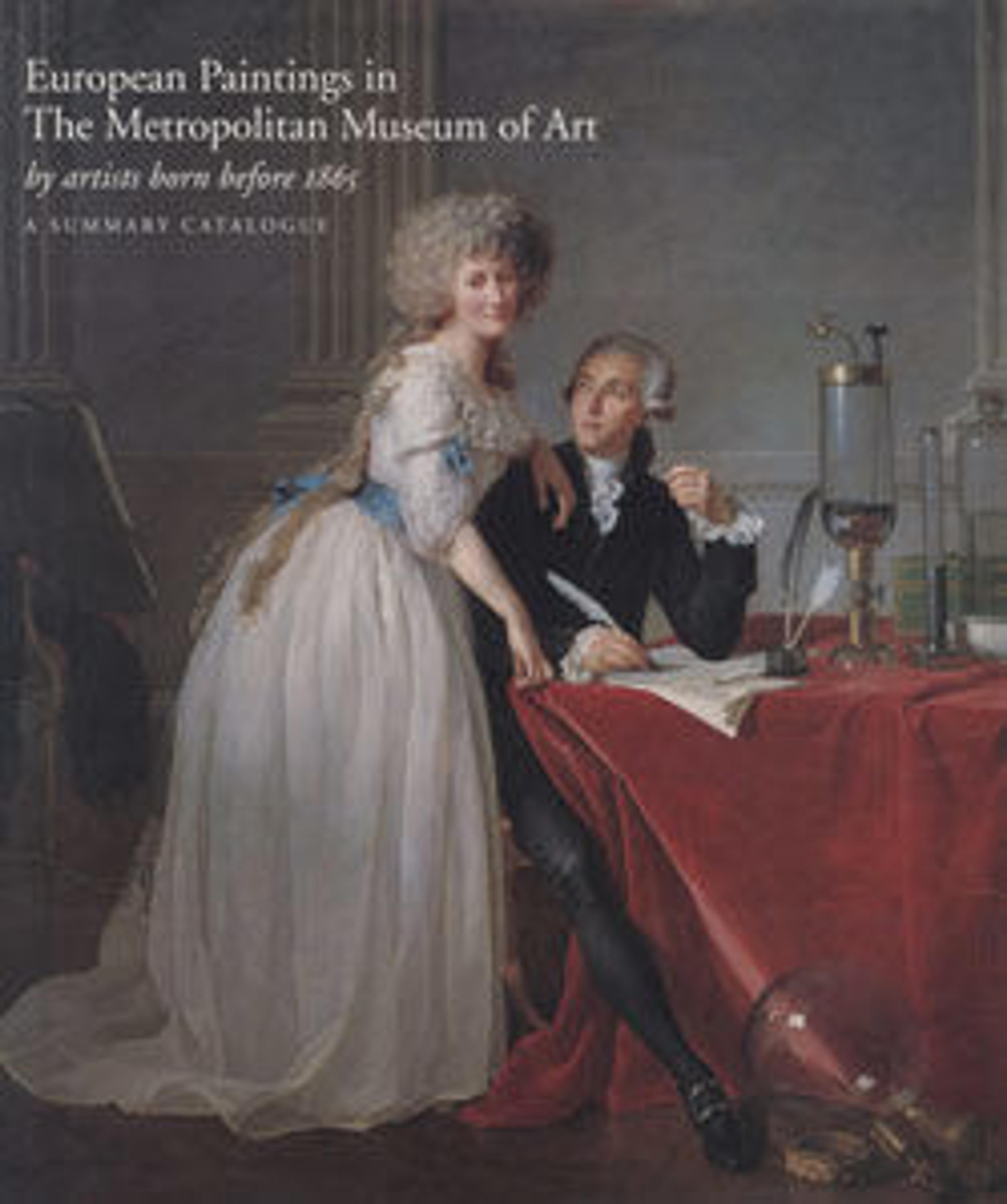Saint Clare
The saint wears the habit of the Poor Clares, founded by Saints Francis and Clare between 1212 and 1214. Her emblem is a flaming lamp. The picture, which has been reframed, is a pinnacle of the same altarpiece to which the Saint Paul, exhibited nearby, belonged. The altarpiece was painted around 1325–30 for the church of San Francesco in San Gimignano. For more information about this painting, including a reconstruction of the altarpiece, visit metmuseum.org.
Artwork Details
- Title:Saint Clare
- Artist:Lippo Memmi (Filippo di Memmo) (Italian, Sienese, active by 1317–died 1356)
- Date:ca. 1330
- Medium:Tempera on wood, gold ground
- Dimensions:Overall, with shaped top and engaged (modern) frame, 19 x 8 in. (48.3 x 20.3 cm); painted surface 15 1/2 x 7 1/2 in. (39.4 x 19.1 cm)
- Classification:Paintings
- Credit Line:Gift of Irma N. Straus, 1964
- Object Number:64.189.2
- Curatorial Department: European Paintings
More Artwork
Research Resources
The Met provides unparalleled resources for research and welcomes an international community of students and scholars. The Met's Open Access API is where creators and researchers can connect to the The Met collection. Open Access data and public domain images are available for unrestricted commercial and noncommercial use without permission or fee.
To request images under copyright and other restrictions, please use this Image Request form.
Feedback
We continue to research and examine historical and cultural context for objects in The Met collection. If you have comments or questions about this object record, please contact us using the form below. The Museum looks forward to receiving your comments.
